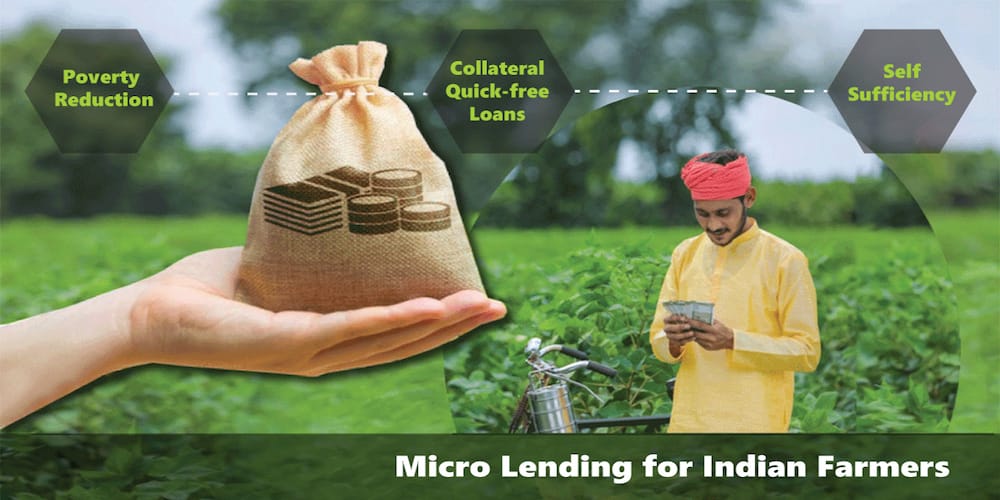Financing the Indian Farmer through Rural Financing models
Rural financing has always been perceived as an inherently risk prone area creating a gap that needs to be filled by Formal Credit institutions. The Reserve Bank of India and the Government in tandem has done a commendable job in the past to fill this gap effectively. Billions of dollars have been spent in subsidies to strengthen the rural financial sector, but a sustainable financial service in rural areas is still an uphill task.
Some critics argue that agriculture still receives a very small share of formal credit that has led to the failure of the reforms. Another major chunk of the beneficiaries, consisting of small farmers were devoid of these facilities due to large and politically influential farmers taking away the benefits. There were problems, both on the demand side, as well as the supply side that led to collective failure.
Micro Finance has come to include a broaden range of service-credit, saving and insurance. Thus, the typical micro finance clients are low income persons who do not have access to formal financial institutions. Micro Finance is provided by NGOs, credit unions, co-operatives, private commercial banks and non-bank financial institutions. NABARD continued to provide 100% refinance to banks at an interest rate of 6.5% per annum for financing SHGs. It has been aptly observed that political interference and bureaucratic procedure are key problems in the working of MFIs. Lack of democratic functioning, delays in operational aspects, lack of appropriate legislation to regulate the credit flow to the poor, social exploitations by the private money lenders charging high rate of interest and by-passing the needy persons, weak banking system unable to access the poor, officials indulging in corrupt practices are the main problems faced by the beneficiaries.
Dirt cheap interest rates enticed banks to stimulate rural lending, but the repayment schedule was something the farmers found too hard to carry on. A culture of default prevailed due to the tendency that these loans are sponsored by the state and they often expected the government to waive it off.
There was a gap and a huge one at that, which needed to be filled to formalize institutional credit at the grassroots level without burning holes in the Government’s pocket. Microfinance Institutions (MFIs) and NBFCs (Non-Banking Finance Companies) were envisioned to meet these objectives of sustainable Rural Financing.
Micro lending is essentially a lower ticket size loan enabled by banks, NBFC’s, MFIs and SFBs (Small Finance Banks). Over 38% of the portfolio is held by MFI’s indicating borrower’s preference for these institutions.
Some of the institutions are relying on the “Value Chain Finance” model that works at a level or two above the production cycle so as to impact the farmers positively. An AMLA (Aggregation, Marketing Linkage and Advisory) framework has been put in place to churn the best out of the business for the farmers due to better bargaining power as an aggregator.
This aggregate power is utilised to bargain for the price of farm inputs and also ensure the best prices while selling the produce. The quality is maintained through the advisory services where best practices are put in place. Various Innovative companies like Mimo Finance have realised the opportunity to employ data driven models to generate a risk framework to support the MFIs and make this sector less risky if not completely risk free.
FocusAgritech’s Outlook:
MFIs and NBFCs have certainly led to positive and impactful changes in rural financing. The rural financing has been broadened to encompass non-farming activities mobilising funds for allied sectors. The focus has been shifted from supplying target credit to actually responding to demands. With the help of technological interventions and innovative solutions, not just the credit disbursement has improved, but the repayment rate has also gone up relieving the big banks of stressed debts. Coupled with crop insurance schemes, agricultural lending has been a safer bet in current times.
Companies to Watch:
Ujjivan Financial Services, Unitus Labs, Baobab, Moody’s Analytics, Samunnati, Bajaj Finance, Mahindra Finance
Read More Articles on Agri Finance at our Site: PayAgri







